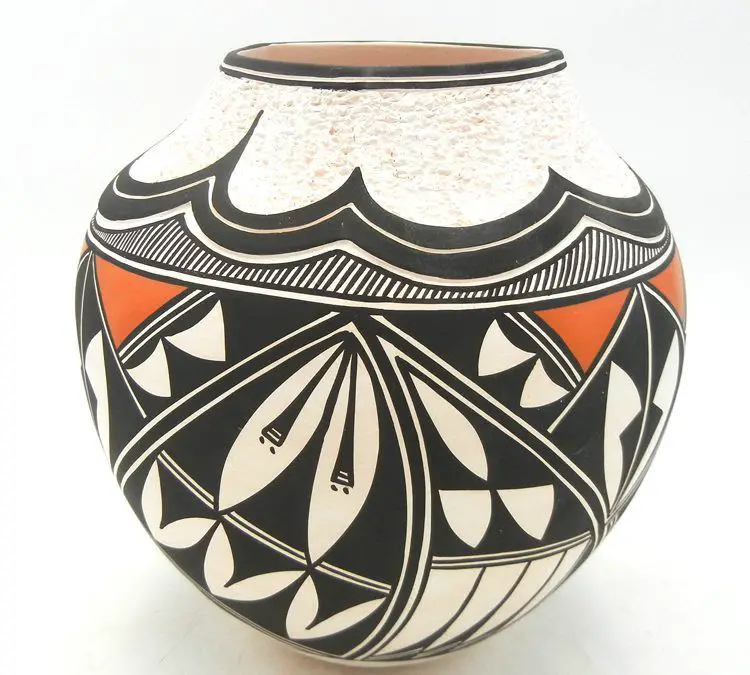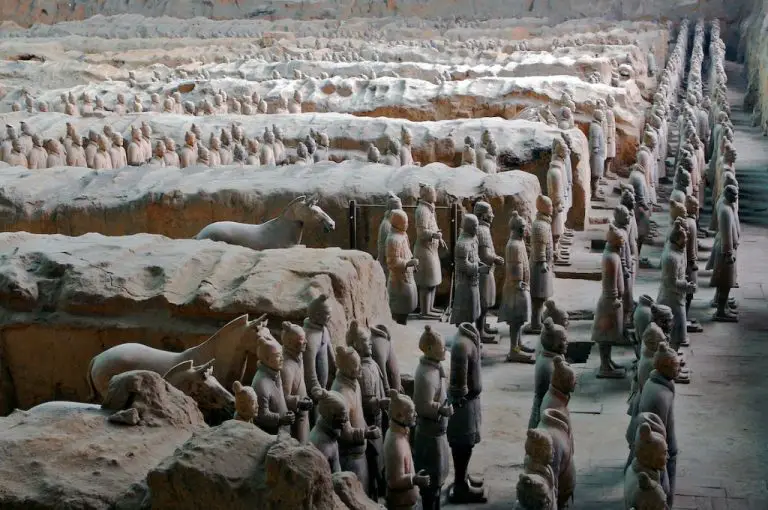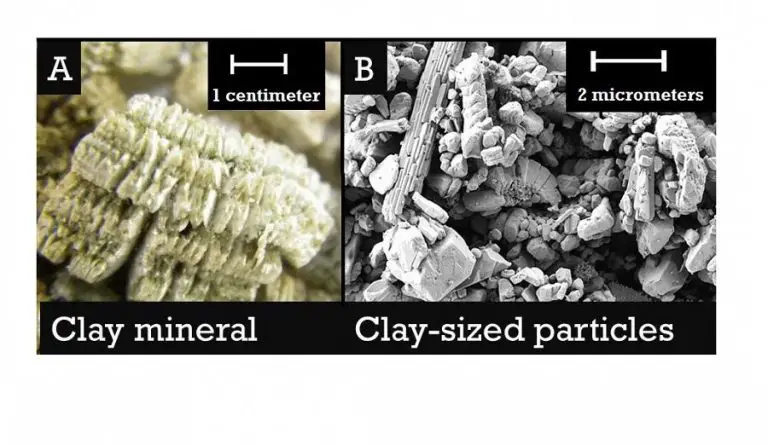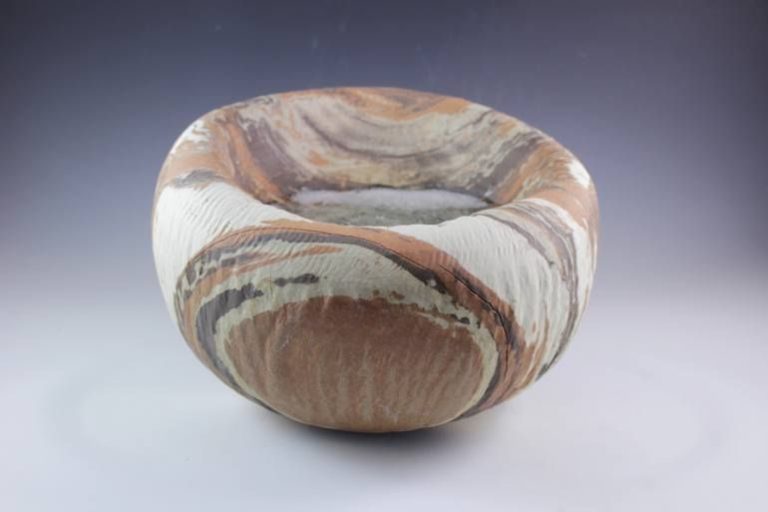Does Daiso Clay Harden?
Daiso is a popular Japanese dollar store chain that has expanded globally. They are known for their wide selection of quality products all priced at around $1.50. While Daiso sells everything from home goods to beauty products, they have become especially popular for their extensive crafts section.
Daiso’s craft selection includes various clays that can be used for DIY projects. Their air-dry clay is particularly beloved by crafters and artists. It comes in bright neon colors that are fun for kids’ projects. The smooth texture also makes it easy to mold into different shapes and designs.
One of the common questions about Daiso’s clay is whether it will fully harden once air dried. Understanding the clay’s hardening capabilities allows crafters to decide what types of projects it may or may not be suitable for. This article will take a deeper look at the clay hardening process and capabilities of Daiso’s air-dry clay.
What is Daiso Clay?
Daiso is a popular Japanese dollar store chain that sells a wide variety of affordable household goods, toys, craft supplies, and more. One of their most popular items is their own brand of modeling clay. Daiso clay comes in a bright rainbow assortment of colors and is packaged in 2.2 lb blocks. It has a smooth, malleable texture that makes it easy to shape.
There are a few varieties of Daiso clay: regular, glitter, translucent, neon, pearl, and more. Each type has a distinctive look and feel when sculpted. The regular Daiso clay is ideal for making miniature food items, figurines, jewelry, and general crafting projects. The glitter and pearl varieties add some extra sparkle and shine. Meanwhile, the translucent and neon colors glow under black lights.
Overall, Daiso clay is affordably priced, available in fun colors, and versatile for crafting simple to elaborate clay models and creations.
Clay Hardening Process
Clay hardens through a process called polymerization. This is when the long chains of molecules that make up the clay structure form crosslinks and bonds with each other as the clay loses moisture. The clay transforms from a soft, malleable material into a hard, durable solid.
There are two main stages in the polymerization process:
1. Drying/Curing: As clay loses moisture through evaporation, the clay particles move closer together. The water acts as a lubricant between the particles. As it evaporates, friction increases and the particles bind tightly.
2. Firing/Baking: Applying heat from an oven or kiln increases the kinetic energy of the clay particles, facilitating stronger crosslinking between polymer chains. Temperatures between 275°F-2,200°F cause sintering as particles partially fuse.
Clay can harden without firing if left to thoroughly dry and cure over time. However, firing clay creates much stronger, durable material through enhanced polymerization. The higher the firing temperature, the harder and more vitrified the clay becomes.
Does Daiso Clay Harden?
Daiso clay is made from a pliable polymer material that allows it to be easily shaped and molded when at room temperature. Unlike natural clays that harden through heating, Daiso polymer clay will retain its soft, flexible texture even after exposure to high heat.
The unique composition of Daiso clay is what gives it its moldable, non-hardening qualities. It is composed of polyvinyl chloride (PVC), plasticizers, and coloring pigments. The high concentration of plasticizers is key – this is what keeps the clay soft and workable.
PVC provides structure, but remains flexible when plasticizers are added. The plasticizers act as lubricants between the PVC particles, preventing the material from forming rigid chemical bonds that would cause it to set and harden. This allows the clay to be molded and shaped repeatedly without drying out or becoming brittle.
So in summary, Daiso clay is designed not to harden. Its soft texture comes from its unique polymer composition and high plasticizer content. Even when baked or exposed to high heat, it will still retain its flexible, malleable properties.
Daiso Clay Baking Instructions
When working with Daiso clay, properly baking your projects is key to ensuring they harden fully and last a long time. Here are some tips on recommended bake times and temperatures:
For most basic Daiso clay projects, bake at 300°F for 10-15 minutes per 1/4 inch of thickness. Pieces thicker than 1/2 inch may require longer bake times, up to 30 minutes. Check regularly and bake longer if the clay still feels soft or sticky inside.
Baking at higher temperatures like 325°F can speed up the process, but don’t go above 350°F as the clay can burn or scorch. Making sure the oven is fully preheated before baking is also important.
Allow ample cooling time before handling baked clay pieces. They will be very hot and delicate right after baking. Let projects cool completely, about 30 minutes, before applying any paint or varnish.
Always bake clay projects on a foil lined cookie sheet or baking pan, as direct contact with metal can prevent even heating. Avoid overcrowding projects in the oven so air can properly circulate.
The thickness and size of each Daiso clay project will determine the necessary baking time. Monitor closely near the end of recommended baking times to prevent over-hardening. Fully cured pieces will be hard, smooth and durable.
Daiso Clay Project Ideas
Daiso clay is perfect for a wide range of crafting and art projects. Here are some creative ways to use this versatile sculpting clay:
-
Make jewelry like beads, pendants, charms, and earrings.
-
Sculpt miniature figurines like animals, characters, food items.
-
Create decorative bowls, vases, cups, and pots.
-
Craft magnets in fun shapes like hearts, stars, and animals.
-
Make DIY fridge magnets, ornaments, nightlights.
-
Design imaginative clay monsters, dinosaurs, unicorns.
-
Craft bobblehead figures of loved ones or celebrities.
-
Make custom gaming miniatures like Dungeons & Dragons characters.
-
Create clay stamps and textures using silicone molds.
-
Make Kawaii-style clay charms for backpacks, pens, phones.
With its bright colors and ability to harden without baking, Daiso polymer clay is a versatile and easy-to-use material for all sorts of DIY projects and crafts. Let your imagination run wild!
Pros of Daiso Clay
Daiso clay offers several benefits that make it a popular choice formodeling and crafting projects:
-
Affordable – At around $1.50-$2 per pack, Daiso modeling clay is very budget-friendly compared to other clays.
-
Accessible – Daiso has stores worldwide, so their clay is easy to find and purchase.
-
Colorful – Daiso clay comes in a wide range of bright, vibrant colors perfect for decorative projects.
-
Lightweight – Daiso clay is lightweight compared to clay like polymer or ceramic.
-
Easy to Shape – The clay is soft and malleable, making it easy to sculpt and shape.
-
Non-toxic – Daiso clay is non-toxic and safe for kids.
With its low cost, availability, bright colors, and sculpting ease, Daiso clay is an excellent choice for simple crafts and modeling projects.
Cons of Daiso Clay
While Daiso clay is fun to work with, it does have some downsides and limitations to be aware of:
Difficult to Bake Properly – Daiso clay can be prone to cracking, scorching, or not fully hardening if not baked at the right temperature and for the right amount of time. It takes some trial and error to learn the ideal baking instructions.
Brittle When Dry – Fully hardened Daiso clay is quite brittle and fragile. Pieces can easily break if dropped or bent. The clay is best suited for decorative objects rather than functional wearable pieces or toys.
Short Shelf Life – Daiso clay dries out faster than polymer clay and has a shorter shelf life, especially when not stored properly in a sealed bag or container.
Limited Colors – Daiso clay only comes in a set of basic colors. To achieve a wider color palette, you’ll need to blend and mix colors manually.
Not Waterproof – Daiso clay is porous when baked, so pieces made from it should not be submerged in water or used outdoors in wet conditions.
DIY Clay Recipe Alternatives
If you want to make your own clay at home that has similar properties to Daiso’s air-dry clay, here are some recipes to try:
Basic Clay
This simple clay recipe only requires a few ingredients:
- 2 cups baking soda
- 1 cup cornstarch
- 1 1⁄4 cups cold water
Mix the ingredients together in a saucepan over medium heat, stirring constantly. Cook until the mixture thickens to a clay-like consistency. Allow it to cool fully before using. This clay air dries.
Fluffy Clay
For a light and fluffy homemade clay, use this recipe:
- 1 cup glue (white school glue or clear glue)
- 2 cups baking soda
- 2 cups cornstarch
- 1 1⁄2 cups water
- Food coloring, glitter, or other mix-ins (optional)
Combine the ingredients in a pot and cook over medium heat, stirring constantly. Once it forms into a ball, remove from heat and let cool. Knead once cooled. The clay will air dry when left out.
Play Dough Clay
For clay with stretchier, play dough-like texture:
- 1 cup flour
- 1⁄2 cup salt
- 2 teaspoons cream of tartar
- 1 cup water
- 1 tablespoon vegetable oil
- Food coloring (optional)
Mix together the dry ingredients. Add the wet ingredients and stir. Cook over medium heat until it forms a clay ball. Remove from heat and knead once cooled. Let air dry when modeling creations.
Conclusion
In summary, Daiso clay is an air-dry modeling clay that does harden over time when exposed to air. While it doesn’t require baking to harden, you can also bake Daiso clay creations in the oven at low temperatures (110-130°F) to help fully harden them and add more stability. The clay will air dry within 24-48 hours typically. Daiso clay hardens by undergoing a chemical reaction between the polymers in the clay and oxygen in the air. This air drying process allows the clay to be quite moldable initially for sculpting, while still being able to harden fully into a strong, finished product. Overall, with proper storage and drying time, Daiso clay makes an accessible, affordable modeling clay option that can be used to create a variety of crafts and sculptures.




